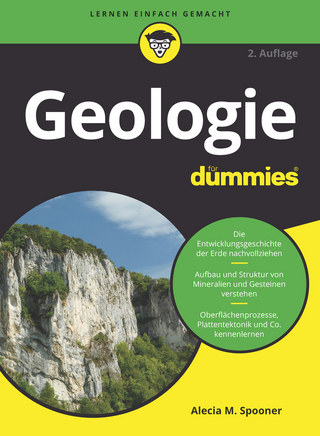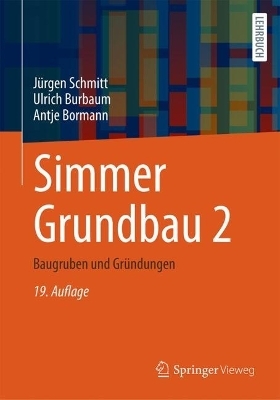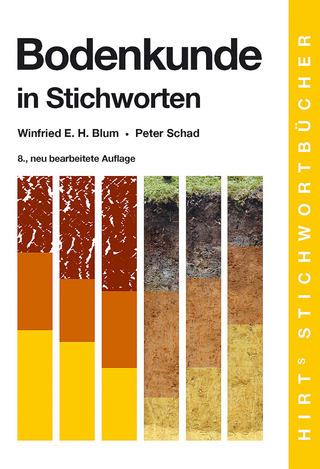
Seismic Amplitude Interpretation
Seiten
2001
Society of Exploration Geophysicists (Verlag)
978-1-56080-109-2 (ISBN)
Society of Exploration Geophysicists (Verlag)
978-1-56080-109-2 (ISBN)
- Titel ist leider vergriffen;
keine Neuauflage - Artikel merken
Addresses the methodology of an amplitude interpretation and the subsequent benefits and limitations expected in rock-property settings. Included are relationships between rock properties and geophysical observations, practical problems, field examples, general rules, and case histories.
During the last 30 years, seismic interpreters routinely have applied bright-spot and AVO technology for recognizing prospects and predicting lithology. New amplitude attributes were added to this technology as new exploration problems were defined. R & D continues in the field of amplitude interpretation, especially when E & P costs escalate as more severe environments are explored, such as ultradeepwater plays. With the high interest in reducing exploration risk, this course addresses the methodology of an amplitude interpretation and the subsequent benefits and limitations that one can expect in various rock-property settings. This book, originally produced for use with the 2001 SEG/EAGE Distinguished Instructor Short Course, begins with a review of the relationships between rock properties and geophysical observations. Practical problems illustrate the assumptions and limitations of commonly used empirical transforms, and procedures for conducting and verifying fluid-substitution techniques are presented. The book identifies components of the seismic response best suited for differentiating pore fluid from lithologic effects. Field examples emphasize what combination of seismic signatures should be expected for different rock-property environments. To help select the best seismic attribute for calibrating amplitude to rock properties, general rules are provided for predicting AVO responses and interpreting lithology from observed responses. A case history also is provided. The last part examines the numerous amplitude attributes that can be extracted from seismic data to quantify an interpretation. Benefits and limitations of these attributes in soft- to hard-rock environments are discussed with model data and in case histories. (DISC on DVD, 750A, is also available.)
During the last 30 years, seismic interpreters routinely have applied bright-spot and AVO technology for recognizing prospects and predicting lithology. New amplitude attributes were added to this technology as new exploration problems were defined. R & D continues in the field of amplitude interpretation, especially when E & P costs escalate as more severe environments are explored, such as ultradeepwater plays. With the high interest in reducing exploration risk, this course addresses the methodology of an amplitude interpretation and the subsequent benefits and limitations that one can expect in various rock-property settings. This book, originally produced for use with the 2001 SEG/EAGE Distinguished Instructor Short Course, begins with a review of the relationships between rock properties and geophysical observations. Practical problems illustrate the assumptions and limitations of commonly used empirical transforms, and procedures for conducting and verifying fluid-substitution techniques are presented. The book identifies components of the seismic response best suited for differentiating pore fluid from lithologic effects. Field examples emphasize what combination of seismic signatures should be expected for different rock-property environments. To help select the best seismic attribute for calibrating amplitude to rock properties, general rules are provided for predicting AVO responses and interpreting lithology from observed responses. A case history also is provided. The last part examines the numerous amplitude attributes that can be extracted from seismic data to quantify an interpretation. Benefits and limitations of these attributes in soft- to hard-rock environments are discussed with model data and in case histories. (DISC on DVD, 750A, is also available.)
| Erscheint lt. Verlag | 30.12.2001 |
|---|---|
| Reihe/Serie | Distinguished Instructor Series |
| Verlagsort | Tulsa |
| Sprache | englisch |
| Maße | 216 x 279 mm |
| Gewicht | 835 g |
| Themenwelt | Naturwissenschaften ► Geowissenschaften ► Geologie |
| Naturwissenschaften ► Geowissenschaften ► Geophysik | |
| Schlagworte | Distinguished Instructor Series; no. 4 |
| ISBN-10 | 1-56080-109-3 / 1560801093 |
| ISBN-13 | 978-1-56080-109-2 / 9781560801092 |
| Zustand | Neuware |
| Informationen gemäß Produktsicherheitsverordnung (GPSR) | |
| Haben Sie eine Frage zum Produkt? |
Mehr entdecken
aus dem Bereich
aus dem Bereich


